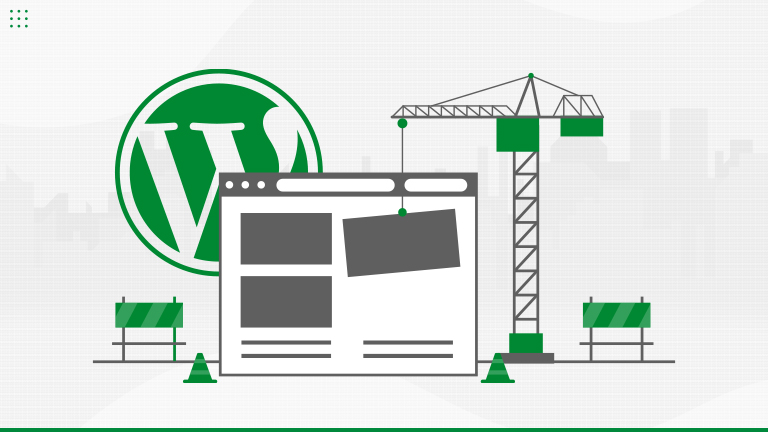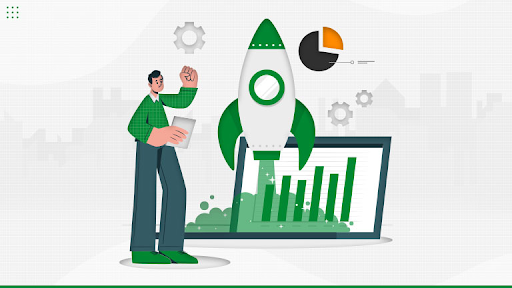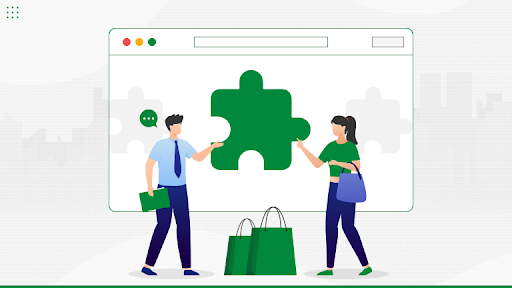Let’s Talk About Data Liberation Learn more

40+ Certified Experts

Hassle-Free Project Delivered

Security & Integrity

Wordpress Core Contributors

For building a well-functioning online store, both WooCommerce and Shopify are powerful solutions. In such a case, it's obvious to be stuck in the confusion of WooCommerce Vs Shopify.
But today, we are discussing the key points of both platforms and let you understand the right needs of an eCommerce platform so you can make a wise choice.
Let’s start with introducing what you should look for on an eCommerce platform.
Consideration of an eCommerce store-
There is a full list of factors that you should consider when searching for an eCommerce platform. As an online store, there are some unique challenges and demands to face. For which you need some powerful features and technologies, including security, caching and speed, personalization and overall performance.
That’s why we want you to power your eCommerce platform so your store can go with the situation. However, it's impossible to define an ideal eCommerce platform as it depends on the type of business, specific needs, level of experience, and budget.
Here are few factors that you should look for in an eCommerce platform:
- Features
- Ease of use
- Pricing and payment options
- Customizations & flexibility
- Support level
- Performance & scalability
- Dropshipping & inventory management
From technical to non-technical, if you have decided all aspects and figure out the two most popular options: WooCommerce and Shopify, keep reading!
Introducing WooCommerce- The WordPress plugin, WooCommerce can be downloaded from the WP plugin directory or WooCommerce website. This means hosting and WordPress installation is a must for WooCommerce. The powerful plugin is easy, even for beginners. The platform holds a whopping 29% of shares in the eCommerce market, where its competitor Shopify is at 19%.
Introducing Shopify- Launched in 2006, Shopify is an eCommerce software and attempt to help its users integrate their stores with WordPress a couple of years back. However, it is independent of WP now and offers Shopify button integration for WP. The platform is a rapidly growing eCommerce platform of the market and owns 19% of the shares.
Also, the interesting part is to see that both WP and Shopify are relatively responsible for each other. Still confused, right? It’s time for a better understanding. Let’s determine the specific needs.
1. Use Cases and Flexibility
Contributions of themes and plugins are flexible in WordPress, as it’s an open-source platform. Which means you can extend its capabilities from most basic to advanced. WordPress is also a plugin that is available through free plugins and WooCommerce extensions.
While comparing Shopify with WooCommerce, the WordPress plugin offers more options, including a wide page range (Blogs, news and more). Whereas Shopify limits you to the product page, shop and to add those pages, you can layer WooCommerce on the top of the sold products or add “Buy now”.
So if you are looking for a complete custom store for a client which is flexible, you can't go wrong with WooCommerce.
2. Cost-
Budget is one of the most critical factors for buying anything, so does the eCommerce platform. It’s important to know that WooCommerce is a free open-source plugin, but Shopify does not offer any free plan.
We are not saying WooCommerce is completely free (as we mentioned beforehand); buy a domain and hosting before it. Apart from that, you might also pay for CND, SSL certificate, Payment gateways, Premium plugins and themes, WP website maintenance and WooCommerce dropshipping software.
Whereas Shopify has all set plans for needs, inducing web hosting, SSL, CND and sub-domain. However, you must pay for Premium templates & apps (Shopify plugins), Custom domains
So, we can say that Shopify is a more all-embracing service.
3. CMS Maintenance
Though WooCommerce is a stable and intuitive platform of WordPress, Its CMS required ongoing maintenance. Before building an online store on WooCommerce, make sure you have a system for managing the CMS. However, WP regularly sends updates for all its plugins, themes and code.
On the other side, Shopify promised the CMS management to simplify the process. The obvious reason behind it is maybe the software’s code and the user convenience. But on this route, you forget the software updates, performance monitoring and security management, which means less flexibility and control.
4. Payment Methods
Payment methods play a crucial role in offering a personalizing & secure customer experience for easy payments. In WooCommerce, its settings have a tab for payments in the setup Wizard, where you can choose the payment method.
You can easily install certain Payment gateways with WP plugins. But don’t overboard the plugins as they can affect the store speed. However, these gateways take% of every purchase.
With Shopify, you can find a tab for payment providers in settings. It is one of the biggest cons of Shopify payment, as, by default, every store will accept MasterCard, Visa payment and American Express.
However, the platform is easy to set just by adding some information. But for other payment methods, users have to add the other payment method on almost double fees.
5. Themes and Customizations
The default themes of WordPress are basic and do not fulfill the requirements of an eCommerce site. However, if you choose designed themes for WooCommerce such as free themes, premium themes, storefront themes and page builder, they serve better. While searching for a specific theme, narrow down your search to eCommerce and easily hunt for required themes. Though, if you are looking for a robust one with a variety of customization options, go for the premium one.
Apart from these two, WoCommerce also offers its free themes called storefront themes, which are comprehensive but not so overwhelming for users. You can also build a custom design instead of using plugins.
Now let’s come to Shopify. If you are looking for a design with Shopify, it has a default out-of-the-box theme. However, from other free themes, there are only a dozen of them available, and you can buy the premium themes for more options. In its premium theme store, you can find categories of stunning themes and well-organized collections at the cost of $180/ theme.
We have found the middle-ground for you. So if you love the charm Shopify themes but not at that high cost, search themes in the Theme forest marketplace.
Wrapping Up
I hope the above comparison of key areas helps you with the hard task of choosing between these giants. Yes, there are some similarities, and they also serve the same purpose still, both are different platforms, and WooCommerce won the race quite fair.
If you also feel so, don’t forget to keep WordPress experts on your side too.






